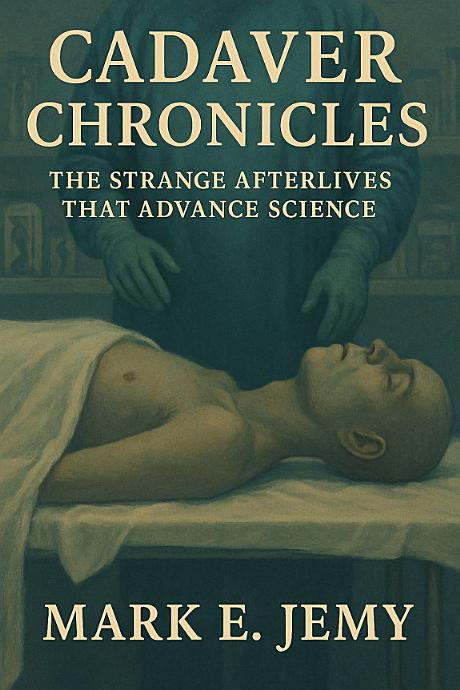Cadaver Chronicles: Strange Afterlives of Human Bodies
Cadaver Chronicles: Strange Afterlives of Human Bodies
In the intriguing world of post-mortem journeys, 'Cadaver Chronicles' explores the peculiar fates of human bodies once they leave our living realm. This book, a rich tapestry of cultural, scientific, and historical narratives, unravels the mysteries surrounding the afterlife of our physical forms.
The Fascinating Afterlife of Human Bodies
From ancient rituals to modern medical marvels, cadavers have played pivotal roles in advancing our understanding of life, death, and everything in between. The book examines how different cultures honor their dead, the scientific uses of cadavers, and the unexpected paths they may take.
- Cultural Practices: Discover how various cultures view and treat the dead, from mummification in ancient Egypt to eco-friendly burials in contemporary society.
- Scientific Contributions: Learn about the indispensable role cadavers have played in medical advancements and scientific discoveries.
- Historical Perspectives: Delve into the historical significance of cadavers and how they have shaped our understanding of the human body.
Frequently Asked Questions
What inspired the creation of 'Cadaver Chronicles'?
The book was inspired by a fascination with the myriad ways human bodies contribute to culture, science, and history after death.
How does the book address cultural differences in handling the deceased?
It explores diverse cultural practices and beliefs, providing a comparative analysis of how societies honor and utilize their dead.
Are there any ethical issues discussed in the book?
Yes, ethical considerations regarding the use of human bodies in science and education are critically examined.
The author translates complex scientific concepts into accessible insights. It shows how evidence, discovery, and curiosity weave together to change the way we perceive the universe, bridging the gap between knowledge and wonder.
The result is not just a collection of ideas, but a living dialogue that invites participation, self-inquiry, and perspective.
Ultimately, this book leaves the reader with a sense of clarity and curiosity — a reminder that understanding begins when we dare to question what we think we already know.

